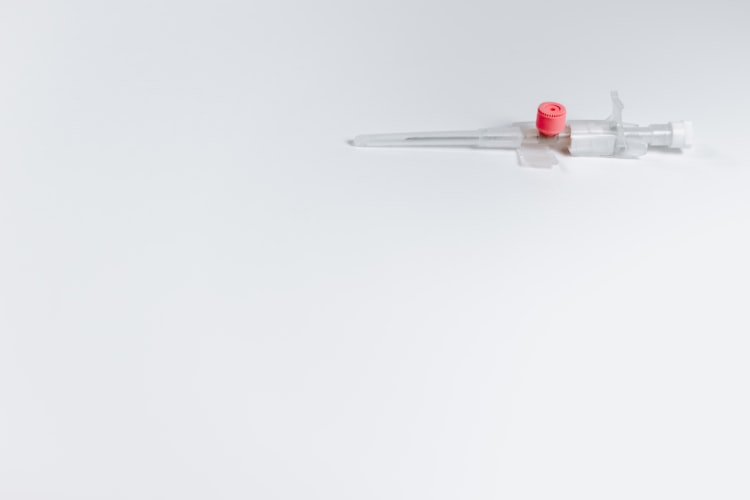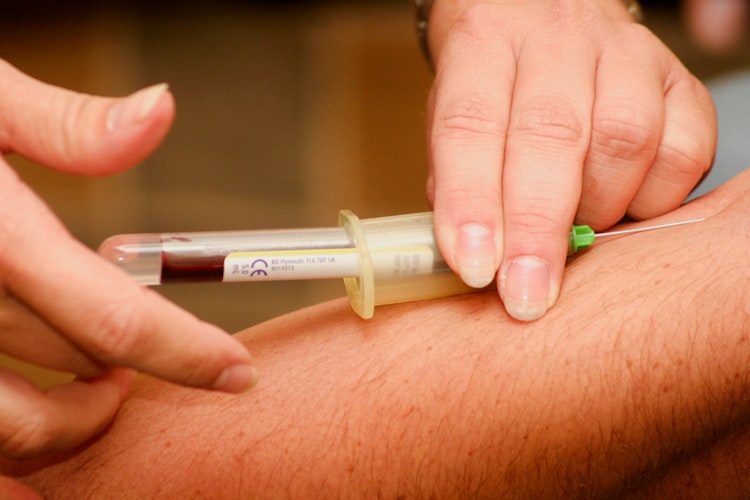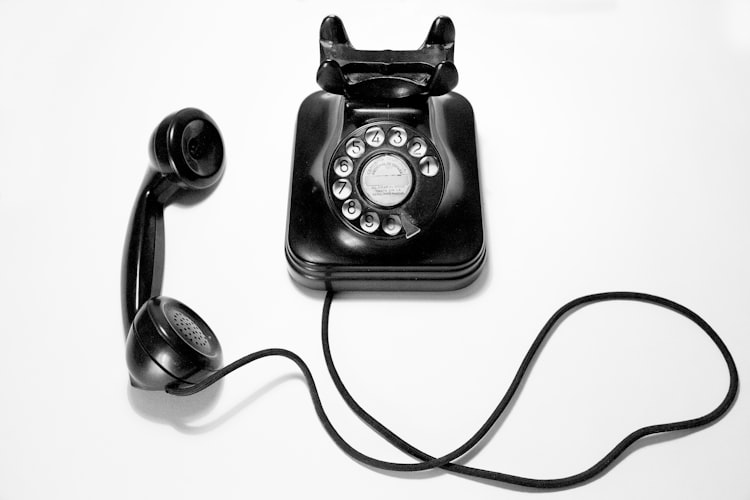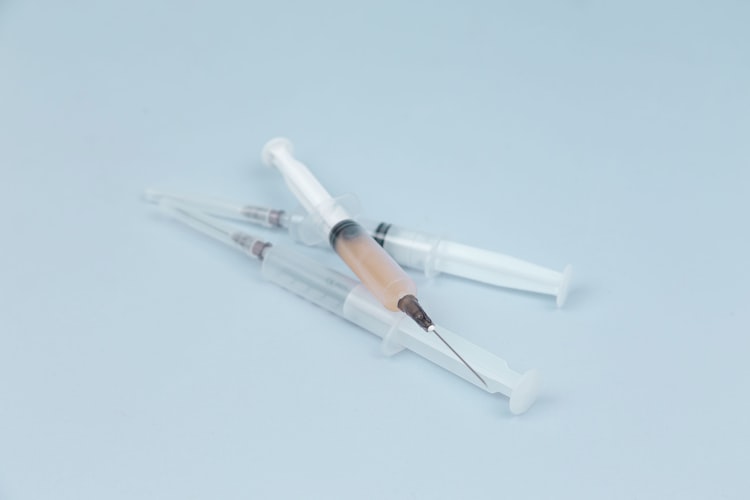Mental Status Examination (MSE)

Components of the MSE
- Appearance
- Behaviour
- Speech
- Mood
- Affect
- Thought form
- Thought content
- Perception
- Cognition
- Insight
- Judgement
Appearance
- Appears stated age (Y vs N)?
- Body habitus (increased vs decreased vs appropriate)?
- e.g. reduced in anorexia nervosa; increased as part of metabolic syndrome associated with certain antipsychotics
- Personal hygiene (well-kempt vs poorly-kempt/dishevelled/malodorous)?
- Cleanliness of clothing (wearing clean clothes vs wearing dirty clothes)?
- Appropriateness of clothing for weather (wearing appropriate clothing for today's weather vs wearing inappropriate clothing)?
- Clothing is put on correctly (Y vs N)?
- Stigmata of disease (e.g. jaundice, cyanosis, pallor etc.)?
Note: you don't need to include all of the above in each MSE.
e.g. Pete is a 56-year-old man who appears his stated age. His body habitus is increased and he is quite dishevelled, wearing dirty clothing that is appropriate for the weather.
Behaviour
- Eye contact (appropriate vs reduced vs intense staring)?
- Engagement and rapport-building (engaged/facilitating rapport-building vs disengaged/distracted/not attempting to build rapport)?
- Psychomotor activity (agitation/restlessness vs retardation vs absent)?
- e.g. restlessness can be a feature of mania or akathisia 2° to antipsychotics; retardation can be a feature of severe depression
- Body language (appropriate vs aggressive/threatening vs withdrawn)?
- Abnormal movements (e.g. tremor, tics, lip-smacking, puffing cheeks, involuntary movemements)
- e.g. lip-smacking and puffing cheeks may be signs of tardive dyskinesia, an EPSE 2° to antipsychotics; tremor may be a sign of anxiety
Note: you don't need to include all of the above in each MSE.
e.g. Pete has an intense staring gaze, but he answers questions appropriately and facilitates rapport-building attempts. He has some motor restlessness, constantly bouncing his right leg. Apart from the intensity of his stare, he shows no signs of aggression.
Speech
- Rate (fast/pressured vs slow vs normal)?
- Volume (increased/loud vs decreased/soft/quiet vs appropriate)?
- Tone (monotonous vs tremulous vs aggressive vs normal)?
- e.g. monotonous → depression, schizophrenia; tremulous → anxiety
- Prosody (normal vs stammering/stuttering vs slurred)?
e.g. Pete's speech was slow and monotonous, with normal tone and prosody.
e.g. Sarah's speech has normal RVTP.
Mood
Examples of moods may include:
- "angry" or "enraged"
- "low" or "sad or "depressed"
- "anxious" or "nervous"
- "euphoric" or "great" or "wonderful" or "amazing"
- "guilty"
- "apathetic"
- "neutral" or "ok" or "fine" or "euthymic"
e.g. Pete reports he feels "ok".
Affect
- Congruent with mood (Y vs N)?
- If not, you can use descriptions as in 'mood' section to describe affect
- Range of affect (fixed vs restricted vs labile vs normal)?
- fixed → does not change irrespective of topic; restricted → some change but minimal even between topics that may cause someone without mental illness to change from sad to happy; labile → exaggerated changes
- Intensity of affect (heightened vs blunted/flat)
e.g. Pete's affect is congruent with his mood. He appears flat, with restricted range and blunted intensity.
Thought Form
Examples of different thought forms may include:
- Tangential thoughts (w/ loose associations) → digression from the line of questioning through the introduction of topics that are very loosely related to the previous topic
- Circumstantial thoughts → thoughts that include a lot of irrelevant and unnecessary detail
- Thought blocking → sudden cessation of thought mid-sentence
- Flight of ideas → usually in combination with pressured speech, flight of ideas is where the patient excitedly wanders between a wealth of topics that are seemingly unrelated
- Neologisms → unintelligible, made-up words
- Perseveration → repetition of the same phrase in response to different, unrelated questions
e.g. Pete displays thought blocking and perserveration with the repetition of two neologisms, "hexglab" and "yurgriky".
e.g. Sarah displays flight of ideas, with tangential thoughts and loose associations.
Thought Content
- Delusions → fixed, false belief
- Obsessions → thoughts, images or impulses that occur repeatedly and feel out of the person’s control
- Overvalued ideas / preoccupation with → a solitary, abnormal belief that is neither delusional nor obsessional in nature, but which is preoccupying to the extent of dominating the sufferer’s life
- Suicidal thoughts
- MUST be directly asked about
- Homicidal thoughts
- MUST be directly asked about
- Thought possession:
- Thought insertion → a belief that thoughts can be inserted into the patient’s mind
- Thought withdrawal → a belief that thoughts can be removed from the patient’s mind
- Thought broadcasting → a belief that others can hear the patient’s thoughts
e.g. Pete possesses delusions of grandeur, believing that he is an all-powerful being with special powers. He denies suicidal or homicidal thoughts.
Perception
- Hallucinations → seeing an object or person that's not really there
- Pseudo-hallucinations → seeing an object or person that's not really there, but being aware that it's not real
- Illusions → mistaking an object or person as something/someone else
- e.g. mistaking a cord of rope as a snake
- Depersonalisation → the patient feels that they are not their true selves and are someone different/strange
- Derealisation → the patient feels the world they are in is not a true reality
e.g. Pete is experiencing visual hallucinations, believing he has a pet jaguar that follows him around and helps him defeat his foes.
Cognition
- Oriented to time (Y vs N), place (Y vs N) and person (Y vs N)?
- Short-term memory (preserved vs issues)?
- Attention and concentration (preserved vs issues)?
e.g. Pete is not oriented to year, month, date, day or place. He has issues with short-term memory, attention and concentration, as he was unable to correctly recall any of the three words (peanut, daisy, banana) immediately or after 1 minute.
Insight
e.g. Pete displays no insight.
Judgement
e.g. Pete's judgement is severely impaired, as in response to the question, "what would you do if you smelt smoke in your house" he responded, "I'd have a nap".
e.g. Not formally assessed, but Sarah's judgement appears to be good.





